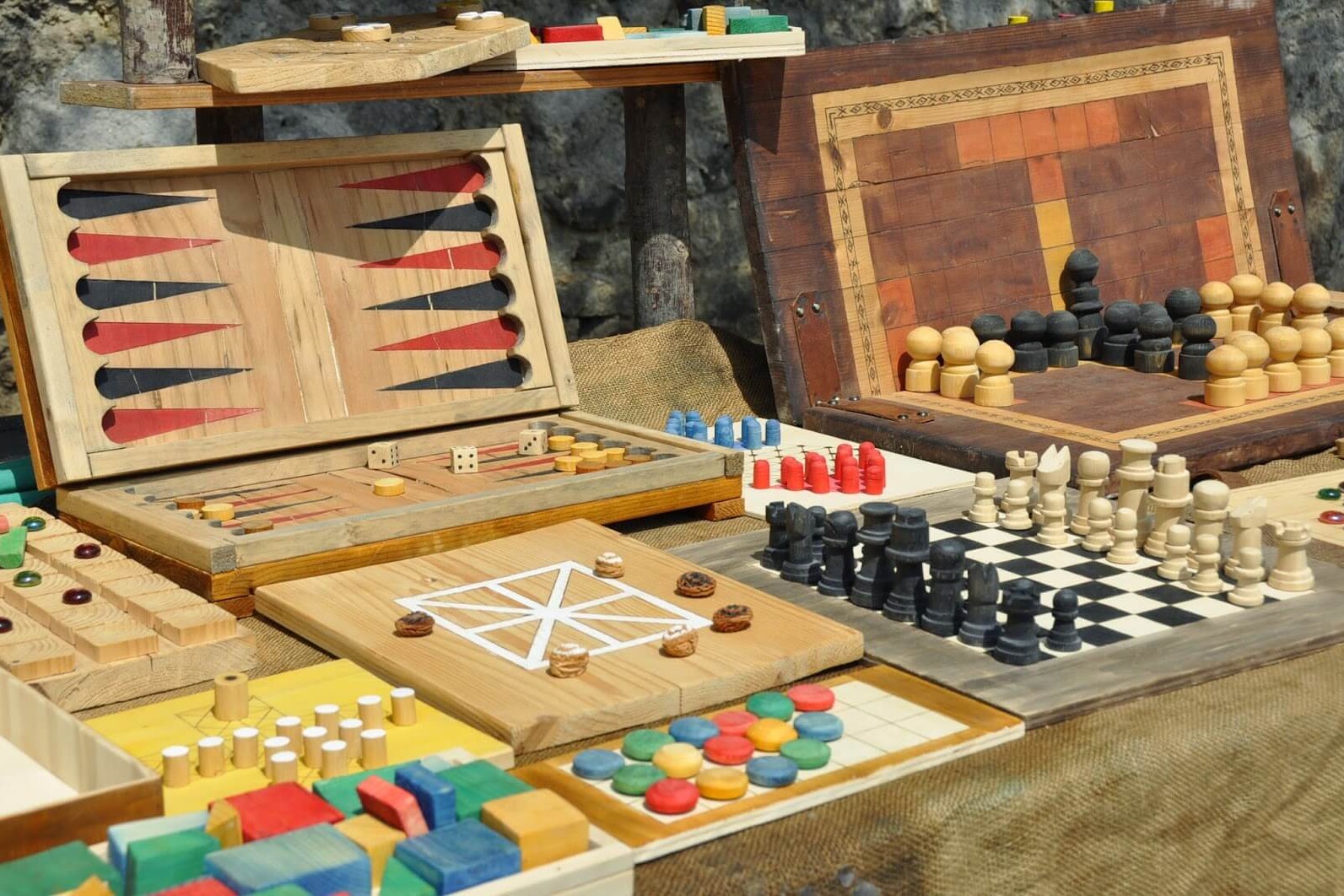The Torah prohibits “work” on Shabbat, but what does that mean? After all, serving a meal to your family could be seen as work.
The Torah hints at the definition of Shabbat work by using the word m’la’cha rather then the common word avodah. M’la’cha has a specific definition: creative work, and is only used in one other place in the Torah, in reference to the building of the Tabernacle. The Rabbis understood from the linkage that the type of work prohibited on Shabbat is any type of labor which was used to build the Tabernacle. Called the 39 m’la’chot, these “creative works” are actually categories for determining whether an activity is allowed on Shabbat or not. The 39 m’la’chot are:
(1) Ploughing (2) Sowing (3) Reaping (4) Gathering (5) Threshing
(6) Winnowing (7) Selecting (8) Sifting (9) Grinding (10) Kneading
(11) Baking (12) Sheep-shearing (13) Bleaching
(14) Combing raw materials (15) Dyeing (16) Spinning
(17, 18, 19) Weaving operations (20) Separating into threads
(21) Tying a knot (22) Untying a knot (23) Sewing (24) Tearing
(25) Trapping/Hunting (26) Slaughtering (27) Skinning (28) Tanning
(29) Scraping pelts (30) Marking out (31) Cutting to shape
(32) Writing (33) Erasing (34) Building (35) Demolishing
(36) Kindling a fire (37) Extinguishing a fire (38) Finishing an object
(39) Carrying in public areas and between private and public areas
*This Treat was originally published on Friday, September 5, 2008. It is being re-Treated to help us better understand the intricacies of Shabbat.
If you like what you’ve read here, signup to get notifications about new treats.
Related Posts
M’la’cha
The Torah prohibits "work" on Shabbat, but what does that mean? After all, serving a…
0 Comments1 Minutes
Games for Shabbat
Shabbat, the Jewish day of rest, is a unique opportunity to spend “quality time” with…
0 Comments2 Minutes
 Print This Page
Print This Page